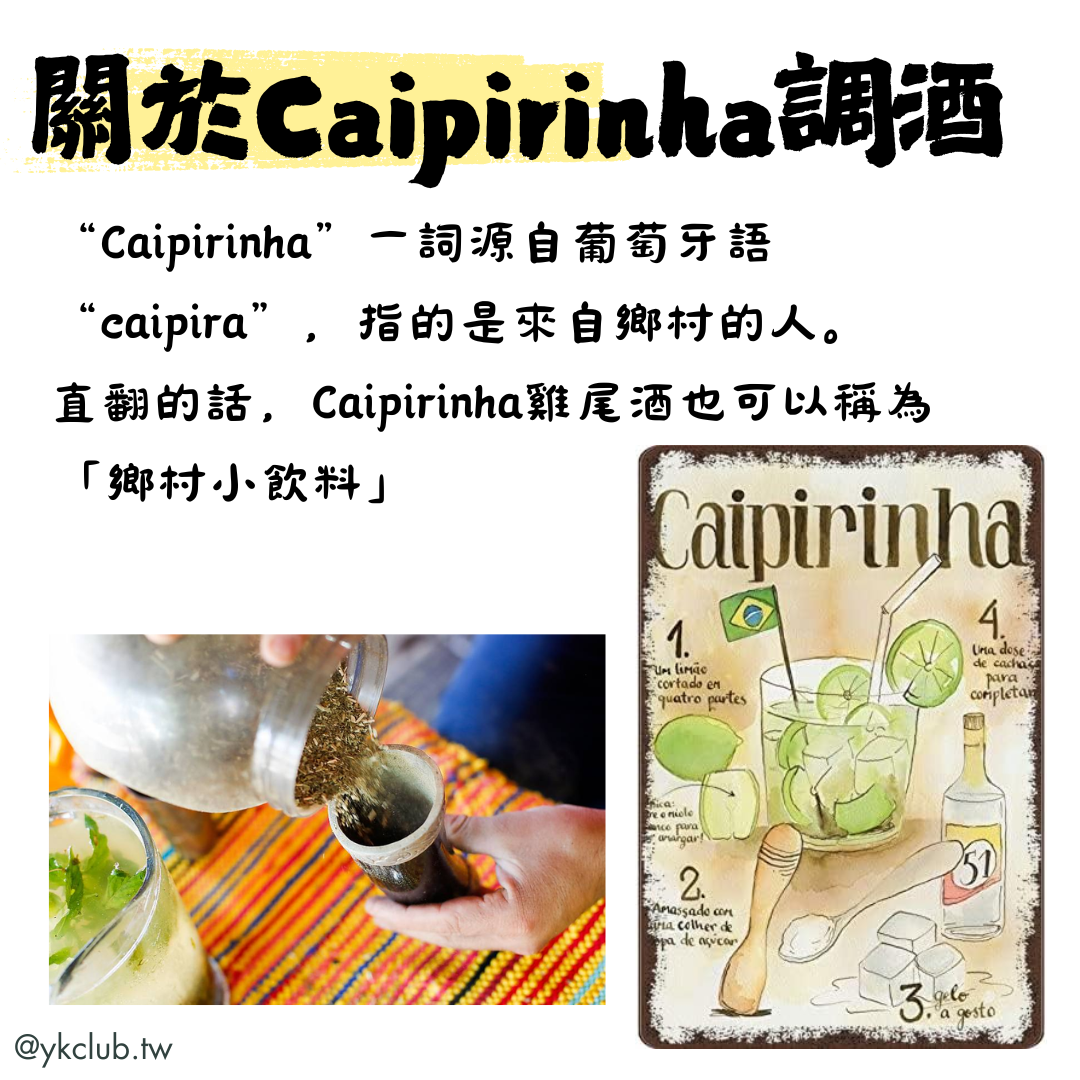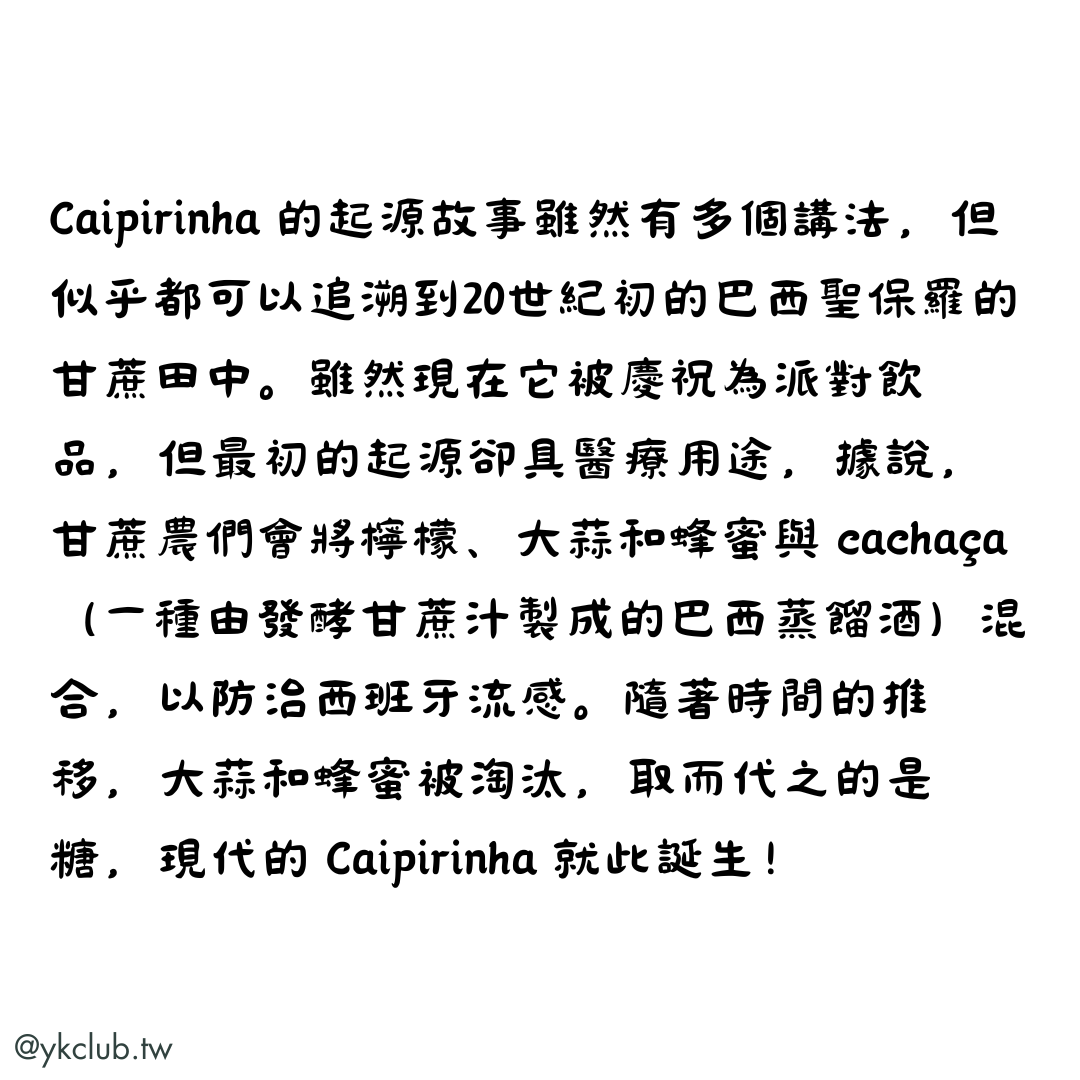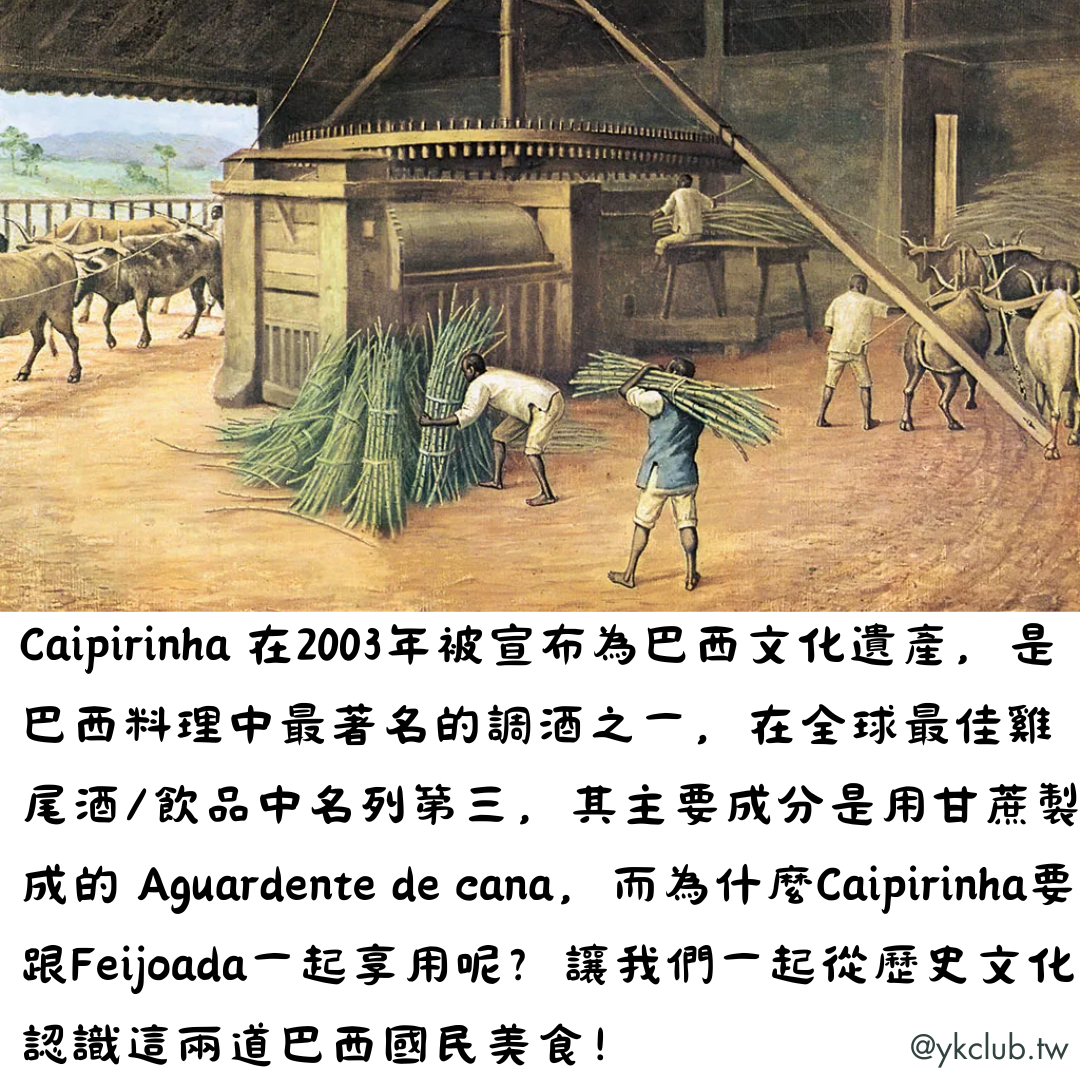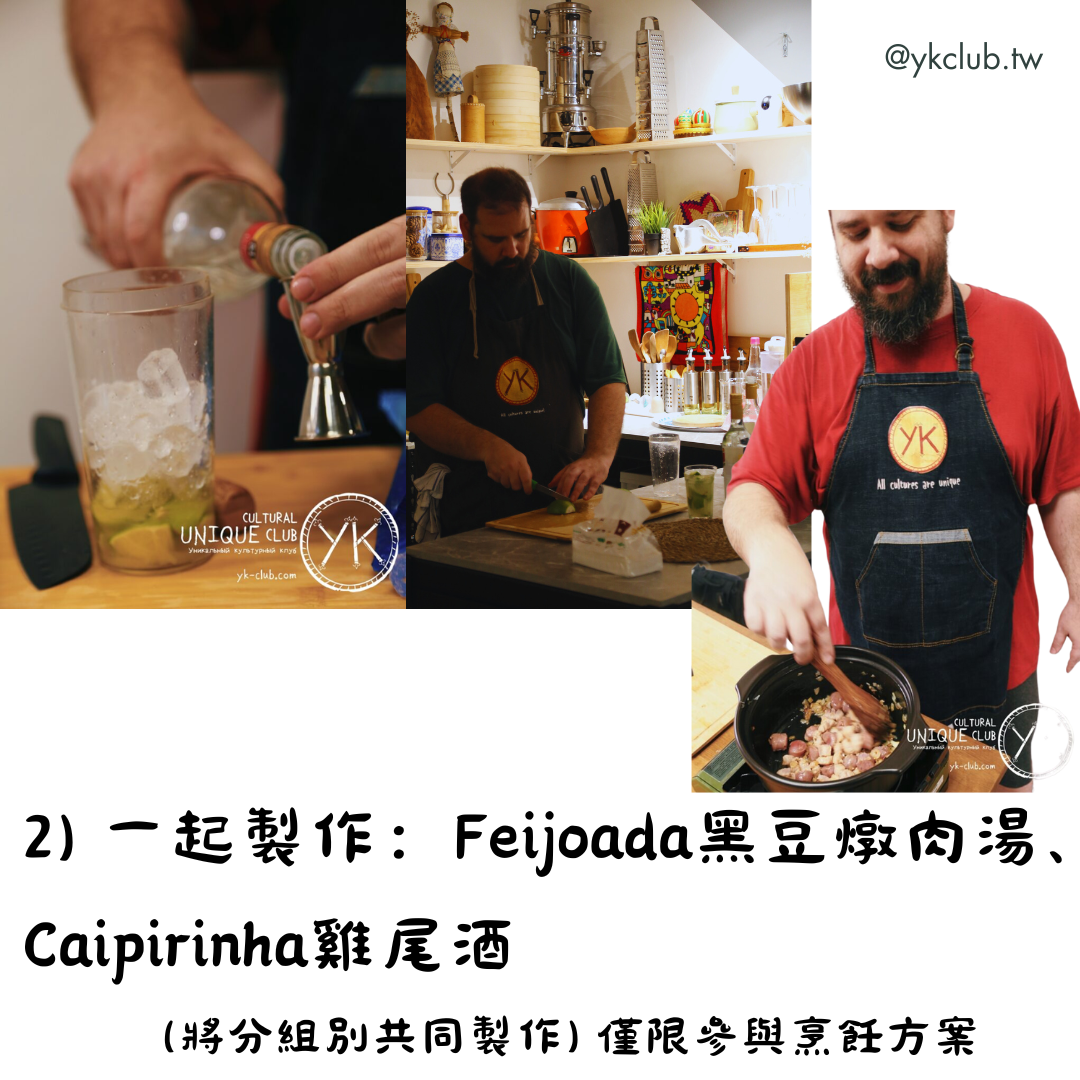
Feijoada is a name used in the Portuguese-speaking world for various stews made with beans and beef and/or pork. It is also a traditional and widely recognized national dish of Brazil, primarily made with black beans and pork. This stew symbolizes multiculturalism and historical context. Traditionally enjoyed on Saturday afternoons or Sunday lunches, it is meant to be a leisurely meal rather than a rushed one. It is typically shared with extended family and often accompanied by watching a football match or other social activities.
Feijoada is usually served with rice. Many modern versions are based on recipes from Rio de Janeiro, São Paulo, Recife, and Salvador. The type of beans used in feijoada varies by region. In the southeast, including Rio de Janeiro and Minas Gerais, feijoada is typically made with black beans, while in Bahia, Sergipe, and Goiás, brown or red beans are more common.



The word “Caipirinha” comes from the Portuguese word “caipira,” which means someone from the countryside. So, the Caipirinha cocktail can be translated as “little country drink.”
The story of Caipirinha’s origin has many versions, but they all seem to go back to the early 20th century in the sugarcane fields of São Paulo, Brazil. Although it is now celebrated as a party drink, it originally had medicinal uses. It is said that sugarcane farmers would mix lime, garlic, and honey with cachaça (a Brazilian spirit made from fermented sugarcane juice) to fight the Spanish flu. Over time, garlic and honey were replaced by sugar, and the modern Caipirinha was born!
In 2003, the Caipirinha was declared a cultural heritage of Brazil. It is one of the most famous cocktails in Brazilian cuisine and is ranked third among the best cocktails/drinks in the world. Its main ingredient is Aguardente de cana, made from sugarcane. So why is Caipirinha often served with Feijoada? Let’s explore these two Brazilian national dishes through their history and culture!

1) Meet Brazil, the instructor, and participants: Icebreaker games (For participants in the cooking session only)

2) Hands-on preparation of Feijoada black bean stew and Caipirinha cocktails (group work) (For participants in the cooking session only)

3) Lecture: Discover Brazil through the stew
